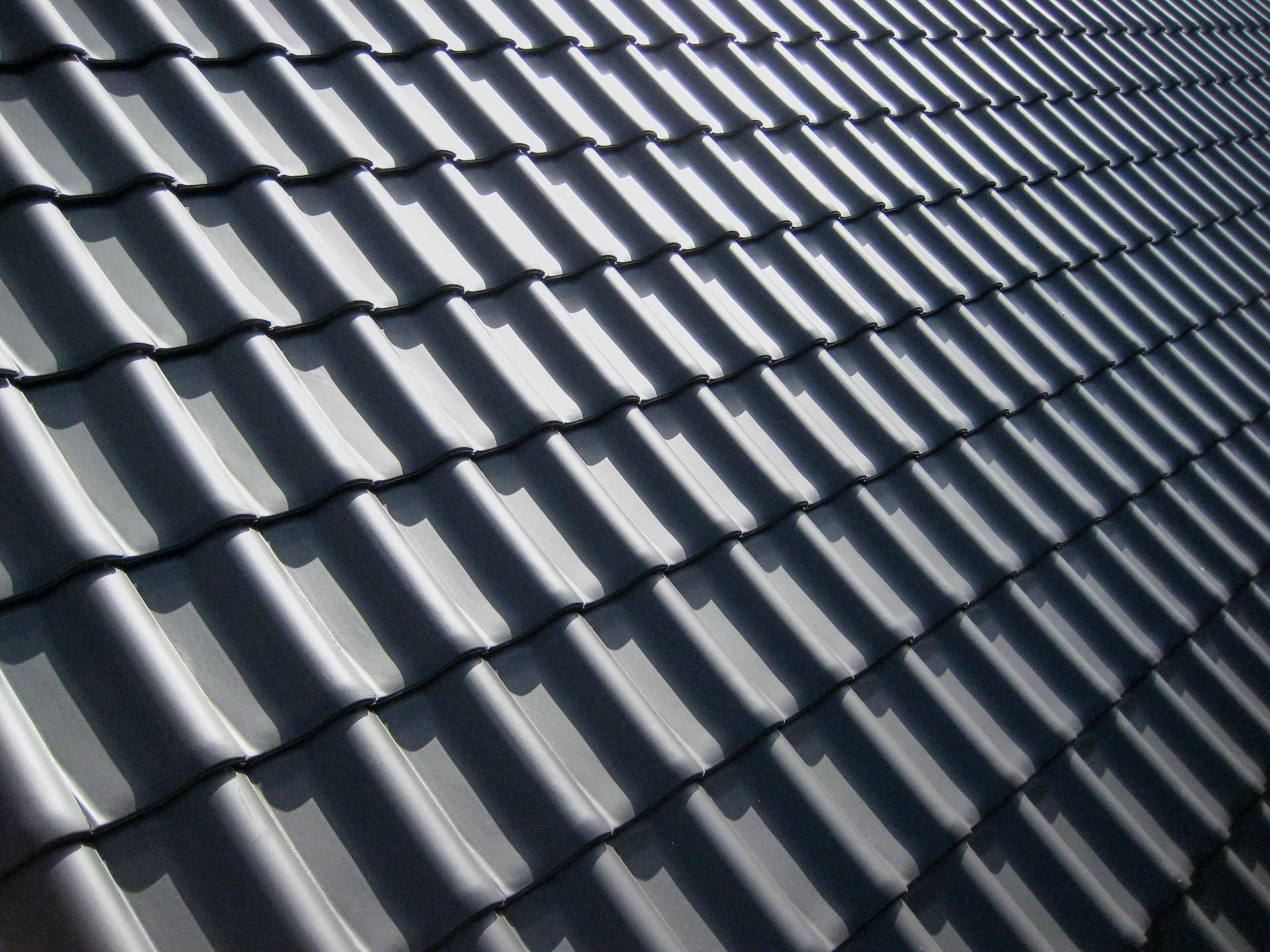Pros and Cons of TPO Roofing
TPO, or Thermoplastic Polyolefin, is a rubber roofing material invented in the 1990s. It is a single-ply membrane comprising two TPO layers with a polyester-reinforced scrim between them. This type of waterproof roofing is typically used in commercial settings and comes in large rolls. When researching different types of roofing materials, it is a good idea to list the pros and cons to find the best fit for your needs.
Pros
TPO roofing is relatively cheap, lightweight and easy for professionals like IKO Roofing to install, making it one of the most cost-effective roofing materials. Because of its durability and design, you will often find this economical option on flat and industrial roofs. This material is also reflective and requires little care, cutting down on building costs like cooling and maintenance. Since TPO is primarily made from recycled products, it is also more eco-friendly than other materials on the market.
Cons
As an industrial-type roofing material, TPO is not the most attractive choice. Most homeowners opt for products like IKO Shingles, which offer more variation in design. This material is pieced together with seams formed by a heating process, making dry weather conditions essential for installation. There is also quite a bit of variation in the market for the quality of TPO, so you will want to go with trusted companies and brands.
Thermoplastic Polyolefin is a type of rubber made from recycled materials and formed into a membrane for use in roofing. Since there are many different materials to choose from for your roof, knowing the pros and cons of each type can help you make the decision easier. In the case of TPO, you will want to determine if the material’s lower costs and eco-friendly nature is offset by the need for dry weather conditions for installation and the look of a material designed for industrial applications.







0